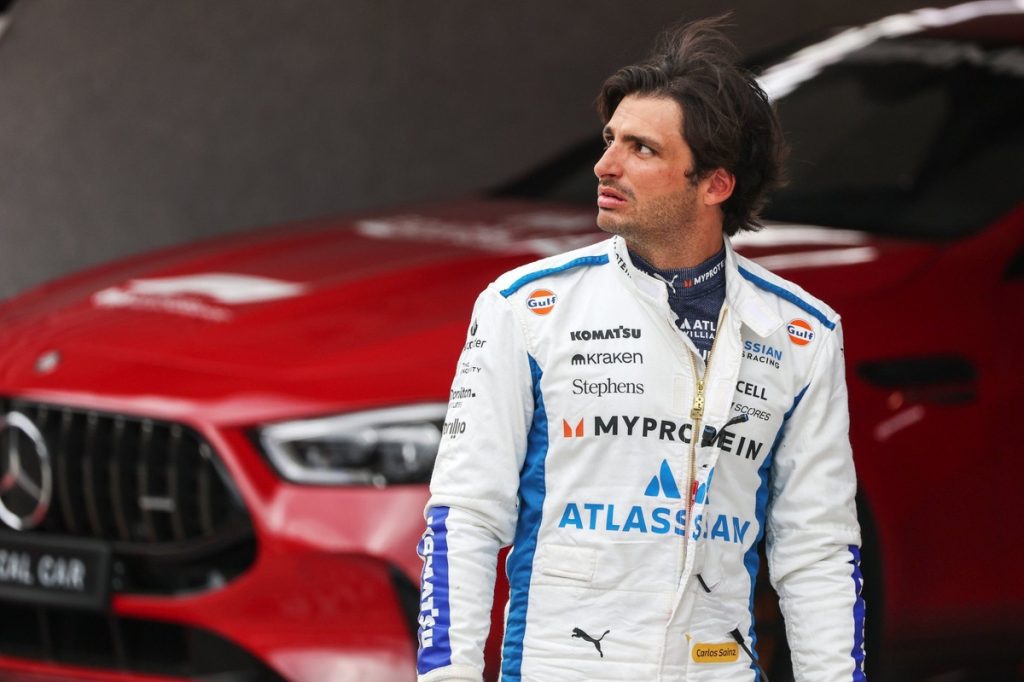Carlos Sainz Discusses Changes for Williams in 2026
Carlos Sainz pointed to the Hungarian Grand Prix as a case study for the necessary design philosophy modifications at Williams ahead of the 2026 Formula 1 season, following the team’s struggles at the Hungaroring.
Reflecting on his first 14 races with the team, Sainz observed that Williams’ disappointing performance in Hungary was consistent with their 2025 trends. He noted that while the FW47 excels on tracks with long straights and short corners, it struggles to maintain downforce during longer turns.
This season, the team aimed for a balanced car, achieving points at 10 out of 14 races, yet some traits from previous models remain. The Williams FW44 to FW46 series performed well at high speeds but lacked reliability in downforce, resulting in inconsistent results over the last three years.
Sainz commented that there is little Williams can adjust this year, with significant changes only possible for the new car in 2026. He expressed hope that his insights would influence future developments. “The Hungaroring has always posed challenges for us,” Sainz stated, reflecting on his transition from Ferrari to Williams.
“We have persistently poor aerodynamic characteristics in long corners, where maintaining downforce is crucial. This has been an ongoing issue, making sharp corners and long straights more favorable for us,” he explained. “It requires a substantial shift in design philosophy, and we’re working on understanding the necessary changes to improve the car for diverse circuits.”
Despite concerns about the current car’s performance on certain tracks, Sainz believes the team is unified in its future aspirations, aiming to secure their first title since 1997. He mentioned that the team is not developing its 2025 car further, limiting the application of driver feedback to race weekend setups.
“Moving forward, I’ll focus on executing weekends efficiently, as we can’t alter the aero or setup significantly at this time. It’s vital to establish consistency and maximize performance,” Sainz concluded, emphasizing the importance of adaptability amid the challenges posed by recently outdeveloped competitors.



